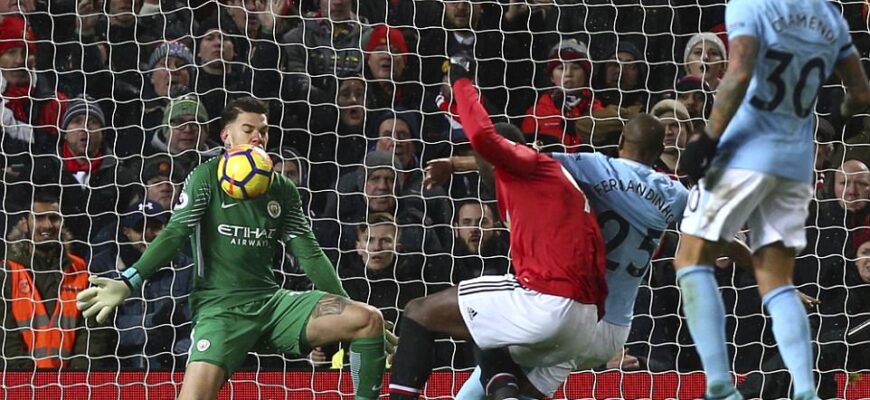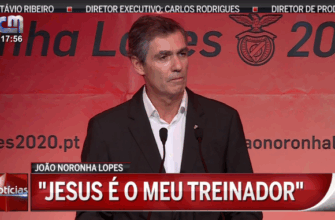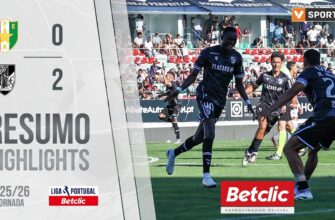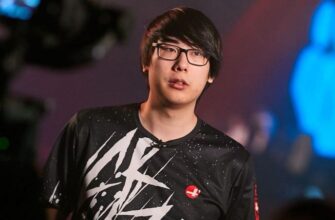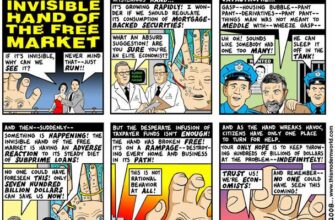The Manchester Derby, a fixture steeped in rivalry and tactical intrigue, often delivers drama. Yet, this season, the most compelling narrative might just be unfolding quietly, between the posts. As Manchester City and Manchester United brace for their next colossal clash, both clubs find themselves on a strikingly similar, yet paradoxically different, journey: a radical re-evaluation of what makes a world-class goalkeeper.
Gone are the familiar faces of Ederson and Andre Onana, both now seeking new horizons in Turkey. Their departures have triggered a fascinating experiment, as two of the Premier League’s giants pivot away from established norms, hinting at a potential shift in the modern goalkeeping paradigm. It`s a move that suggests immediate pragmatism has superseded the long-held dogma of the “sweeper-keeper.”
United’s Unconventional Bet: The Return of the Shot-Stopper
For Manchester United, the departure of Andre Onana, a goalkeeper renowned for his exquisite distribution but often criticized for his shot-stopping, has paved the way for a distinctly different profile. Enter Senne Lammens, a name that might not yet echo across Old Trafford but certainly reverberates in the analytical world. Hailing from the Belgian Pro League, Lammens arrives with metrics that sing a siren song to those weary of porous nets: last season, he conceded a remarkable 14.5 fewer goals than the post-shot expected goal (PSxG) value of shots faced, indicating superior shot-stopping efficiency.
In an era where the footballing intelligentsia frequently demands goalkeepers act as an eleventh outfield player, comfortable initiating attacks from the back, United’s acquisition of Lammens appears almost heretical. He’s a goalkeeper whose primary, undeniable strength lies in preventing goals. Standing at an imposing 6-foot-4, his command of his box and proficiency under high balls are as traditional as a Sunday roast. Intriguingly, his pass distribution data shows a preference for longer balls, a stark contrast to Onana`s short-passing philosophy. One might even chuckle at the irony: after investing heavily in a keeper for his feet, United now champions a player whose hands are his greatest asset.
The cautious approach from United’s perceived new manager, Ruben Amorim, is equally telling. Conscious of the immense pressure that can crush a fledgling United goalkeeper – a pressure Andre Onana reportedly found challenging, despite his Champions League pedigree prior to arriving – Amorim has indicated that Altay Bayindir will start the derby. This protective measure allows Lammens time to adapt, acknowledging that the “rhino skin” needed for the Old Trafford hot seat isn`t acquired overnight. It’s a pragmatic shielding that Onana was perhaps never afforded, highlighting a learned lesson in player integration.
City’s Surprising Shift: Prioritizing Presence Over Playmaking
Across town, Manchester City`s goalkeeping saga unfolds with its own layer of intrigue. Under Pep Guardiola, the role of the goalkeeper was meticulously redefined by Ederson. The Brazilian was not merely a shot-stopper; he was the architect of attacks, a deep-lying playmaker whose laser-guided passes could split defenses. His departure, while partly due to injury concerns and a desire for new challenges, left a void that few expected to be filled by a stylistic counterpoint.
Yet, City’s answer arrived in the imposing form of Gianluigi Donnarumma. The Italian, a bona fide European champion, is lauded for his monumental presence and exceptional shot-stopping. Guardiola himself articulated the shift, stating,
“He is so tall, he is so huge. [From] all the keepers, we want safe balls, give confidence to the team, have personality and a big presence.”
Crucially, Guardiola clarified that Donnarumma would not be expected to mimic Ederson`s distribution wizardry. “We didn`t take Gigi to do what Ederson has done; Gigi has another quality.”
This tactical recalibration isn`t arbitrary. City’s defensive vulnerability, particularly against counter-attacks, has seen a noticeable uptick in recent seasons. While their overall dominance remains, the raw numbers reveal an increasing susceptibility to fast breaks. In the 2023-24 season, they conceded eight goals from such situations – more than the previous three seasons combined. This shift in recruitment suggests Guardiola is willing to dial back the attacking distribution from his goalkeeper in favor of a more robust, commanding presence who can mitigate these defensive lapses through sheer shot-stopping prowess and authority in the box. The irony is palpable: the team that pioneered the “sweeper-keeper” now appears to be prioritizing a more traditional, colossal guardian to fortify a sometimes-shaky defense.
The Modern Goalkeeper: A Pendulum Swing?
The shared narrative between these two Manchester giants is a compelling one. Both clubs, arguably the most influential in the Premier League’s tactical evolution, are making high-stakes bets on different goalkeeping profiles. United, seeking stability and efficiency, have embraced the statistical underdog whose hands do the talking. City, responding to nuanced defensive frailties, have opted for a global superstar whose colossal presence and traditional shot-stopping are deemed more critical than intricate ball-play.
This Manchester Derby, therefore, offers more than just bragging rights. It presents a fascinating live experiment. Will United’s analytical gamble on a pure shot-stopper prove that sometimes, the simplest solution is the most effective? Can City’s tactical pivot with Donnarumma re-establish their defensive invincibility while maintaining their attacking might?
The answers will unfold on the pitch, but one thing is clear: the goalkeeping landscape in Manchester has irrevocably changed. The era of the all-encompassing sweeper-keeper might not be over, but these bold strategic moves suggest a new, more specialized era is dawning, reminding us that even in modern football, adaptation is the ultimate hallmark of success. Perhaps the beautiful game`s tactical pendulum is swinging back, and Manchester is leading the charge.

